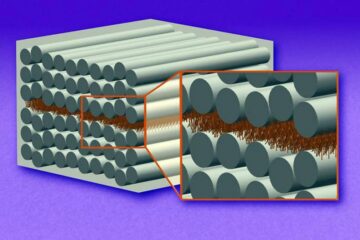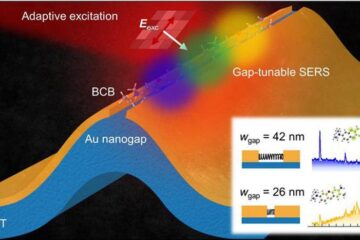Decades of research show massive Arctic ice cap is shrinking

Close to 50 years of data show the Devon Island ice cap, one of the largest ice masses in the Canadian High Arctic, is thinning and shrinking.
A paper published in the March edition of Arctic, the journal of the University of Calgary's Arctic Institute of North America, reports that between 1961 and 1985, the ice cap grew in some years and shrank in others, resulting in an overall loss of mass. But that changed 1985 when scientists began to see a steady decline in ice volume and area each year.
“We've been seeing more mass loss since 1985,” says Sarah Boon, lead author on the paper and a Geography Professor at the University of Lethbridge. The reason for the change? Warmer summers.
The High Arctic is essentially a desert with low rates of annual precipitation. There is little accumulation of snow in the winter and cool summers, with temperatures at or below freezing, serve to maintain levels. Any increase of snow and ice takes years.
This delicate equilibrium is easily upset. One warm summer can wipe out five years of growth. And though the accelerated melting trend began in 1985, the last decade has seen four years with unusually warm summers – 2001, 2005, 2007 and 2008.
“What we see during these warm summers is the extent of the melt is greater,” says Boon about the results of a five-year remote sensing study that ran between 2000 and 2004.
The white surfaces of snow and ice reflect heat – a process known as the albedo effect. Retreating ice exposes dark soil and gravel, which absorb heat and increase the melt rate of ice along the periphery of the cap. But it's not only the edges of the cap that are losing ice. At lower altitudes the ice is thinning as well.
Changes to the Devon ice cap, which covers approximately 14,400 sq. km, could have multiple impacts on everything from ship traffic to sea level.
There has already been an increase in the number of icebergs calving off from outlet glaciers that flow into the ocean. Boon explains that melt water runs between the bottom of the glacier and the ground, creating a slippery cushion that allows the glacier to slide forward more rapidly than it would in colder conditions.
“There are a lot of things we need to consider. One is the iceberg calving and its implications for shipping. These things don't just go away, they float out into the ocean,” says Boon. A second area of concern is the contribution of increased glacier melt to rising sea level.
The work of Boon and her colleagues demonstrates the importance of long-term research. Work on Devon Island began in 1961 with researchers from the Arctic Institute of North America, including long-time Arctic scientist Roy 'Fritz' Koerner, who was part of the current study until his death in 2008. This ongoing research, which is continuing thanks to federal International Polar year funding, has created a comprehensive dataset that contributes to the understanding of the complex play between the ice cap, the atmosphere and the ocean.
“We all know long-term studies are important but they are really hard to pay for.”
For media interviews with Sarah Boon contact:
Dr. Sarah Boon
Department of Geography, University of Lethbridge
Tel: 403-332-4569; Email: sarah.boon@uleth.ca
or
Bob Cooney, Communications Officer, University of Lethbridge
Tel: 403 330-4609; email: robert.cooney@uleth.ca
For information on Arctic Science Promotion program:
Ruth Klinkhammer, Director of Communications, Arctic Institute of North America
Tel: 403 220-7294, Email: r.klinkhammer@ucalgary.ca
This media release is part of the Promotion of Arctic Science, an Arctic Institute of North America project made possible with the generous support of the Government of Canada Program for International Polar Year. The mission of the Arctic Institute of North America at the University of Calgary is to advance the study of the North American and circumpolar Arctic and to acquire, preserve and disseminate information on physical, environmental and social conditions in the North.
Media Contact
All latest news from the category: Earth Sciences
Earth Sciences (also referred to as Geosciences), which deals with basic issues surrounding our planet, plays a vital role in the area of energy and raw materials supply.
Earth Sciences comprises subjects such as geology, geography, geological informatics, paleontology, mineralogy, petrography, crystallography, geophysics, geodesy, glaciology, cartography, photogrammetry, meteorology and seismology, early-warning systems, earthquake research and polar research.
Newest articles

“Nanostitches” enable lighter and tougher composite materials
In research that may lead to next-generation airplanes and spacecraft, MIT engineers used carbon nanotubes to prevent cracking in multilayered composites. To save on fuel and reduce aircraft emissions, engineers…

Trash to treasure
Researchers turn metal waste into catalyst for hydrogen. Scientists have found a way to transform metal waste into a highly efficient catalyst to make hydrogen from water, a discovery that…

Real-time detection of infectious disease viruses
… by searching for molecular fingerprinting. A research team consisting of Professor Kyoung-Duck Park and Taeyoung Moon and Huitae Joo, PhD candidates, from the Department of Physics at Pohang University…




















